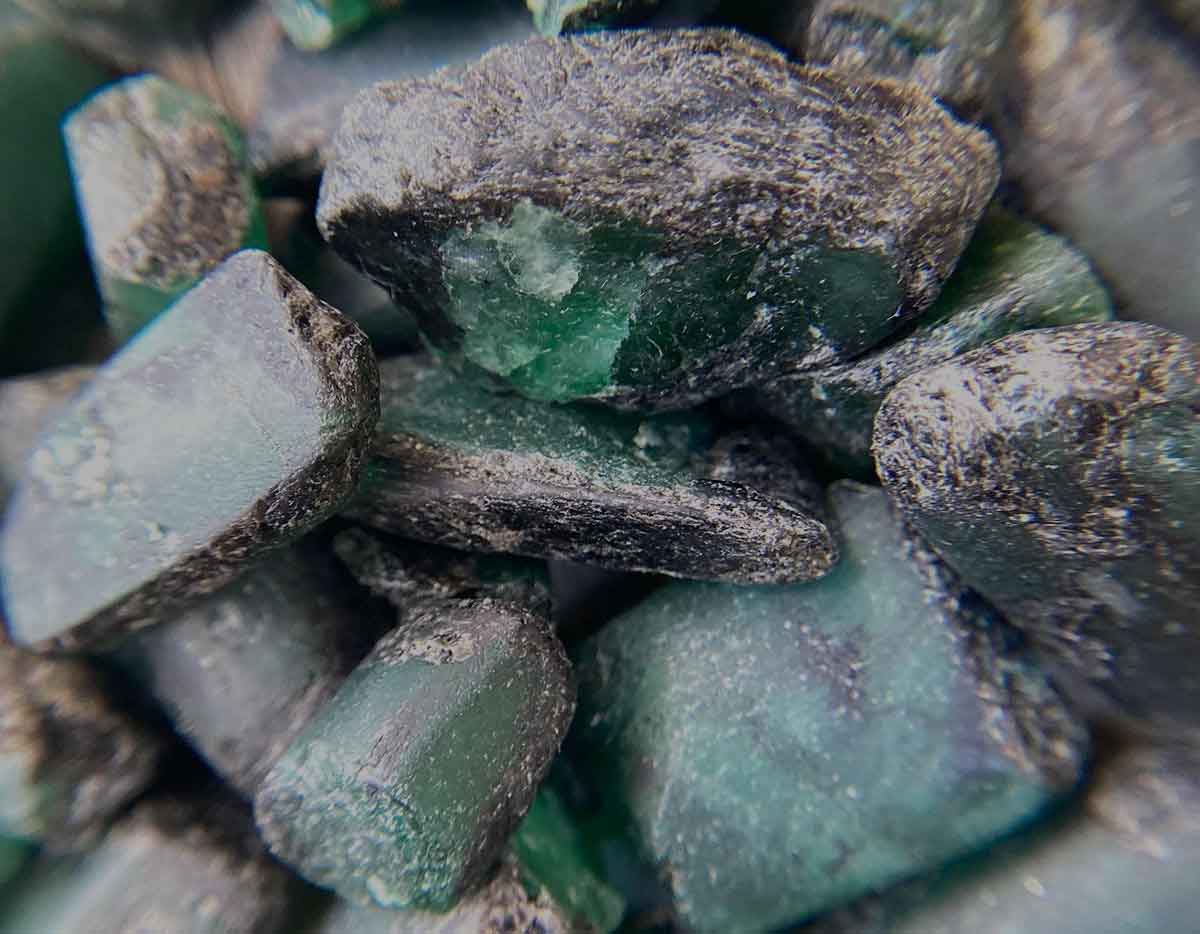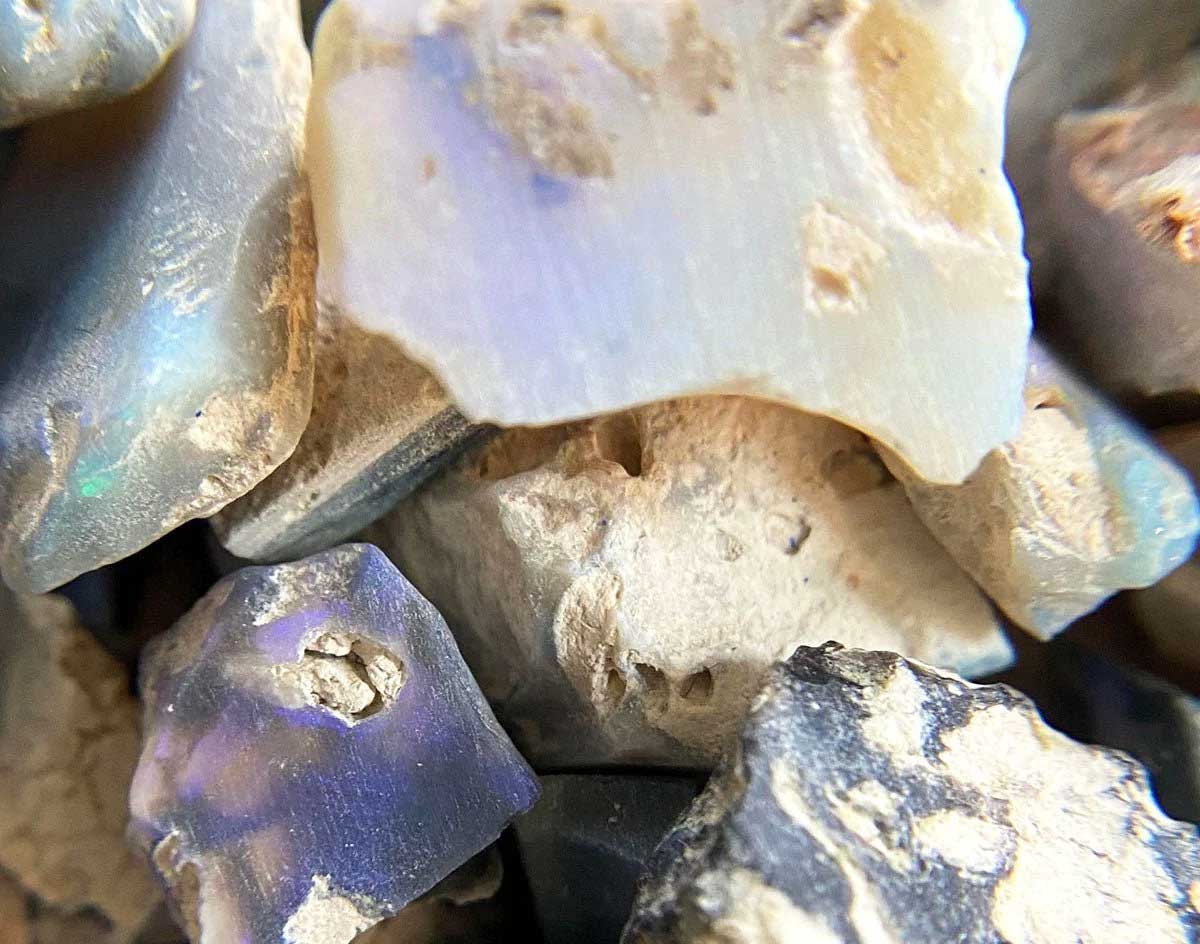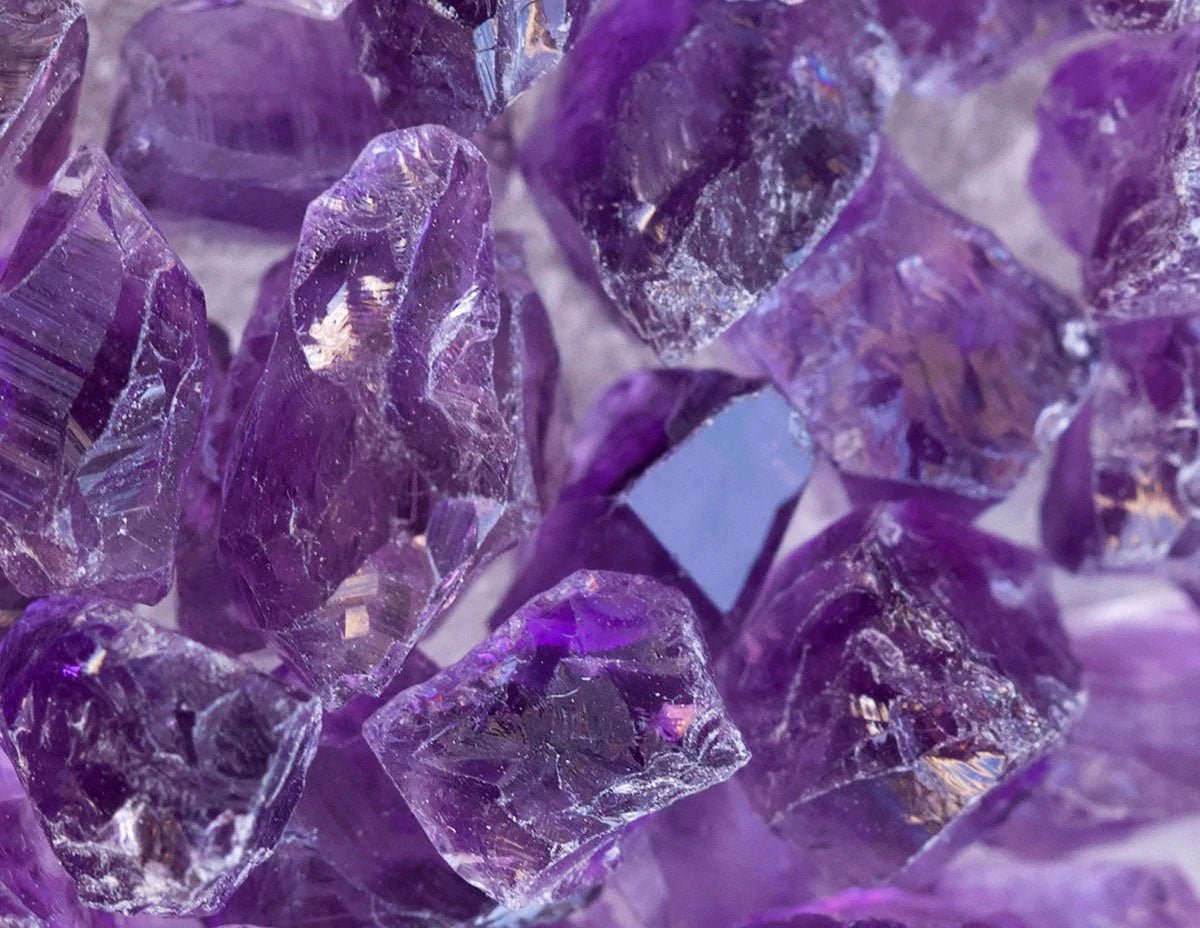
Emerald Jewelry Through The Ages - History & Lore
Ancient Emerald Jewelry
"Indeed no stone has a color that is more delightful to the eye, for whereas the sight fixes itself with avidity upon the green grass and foliage of the trees, we have all the more pleasure in looking upon the emerald, there being no green in existence more intense than this. And then, besides, of all the precious stones, this is the only one that feeds the sight without satiating it…If the sight has been wearied or dimmed by intensively looking on any other subject, it is refreshed and restored by gazing at this stone. And lapidaries who cut and engrave fine gems know this well, for they have no better method of restoring their eyes than by looking at the emerald, its soft, green color comforting and removing their weariness and lassitude."

Cleopatra herself was well-known for her adoration of Emerald jewelry. During her 21-year reign, she claimed ownership over all the emerald mines in Egypt. She reportedly gifted dignitaries with emeralds, wore it herself and adorned her palace with emerald gems. The Egyptians believed emerald was a symbol of fertility, immortality and good health and the green color was associated with restoring speech.
Egypt continued to be the go-to source for emerald and towns began to form around the mines as the business boomed. The mines were in use for thousands of years and were used by the Romans and later by the Byzantines and finally, the Islams. The mines only fell out of use when the Spanish discovered deposits in Colombia, allowing the Christian European traders to bypass the often dangerous and hostile Egyptian mines, leading to the abandonment of these mines. Today only ruins remain.

MEDIEVAL EMERALD TRADE
In Judaism, emerald was one of the 4 precious stones given to King Solomon by God. Emerald was one of the gems that adorned the Breastplate of Aaron and emeralds are amongst the foundation stones of the Heavenly City mentioned in the Christian Book of Revelations.
There was also medieval superstitions and belief that emeralds had a curative ability and would alleviate a plethora of illnesses or ward off 'evil spirits'. The Crusades and pilgrimages brought trade between the East and West but social norms and poverty meant that only the wealthiest of Europeans could afford to wear or own any gems, and emerald was no exception!

EMERALD MINING IN THE AGE OF EXPLORATION
Egypt wasn't the sole source of gemstones, but it was the primary source until the 1500s CE. The Spanish had begun their voyages to the New World in search of treasure, plunder, glory and to spread the word of their God. Hearing tales of cities such the mythical 'El Dorado', the Spanish must have really believed they hit the jackpot when they discovered civilizations that were filled with gold, gems and other riches! The Spanish soldiers conquered the Muzo people in modern-day Colombia, seizing the mines as spoils of war. Colombia quickly overtook Egypt as the hotspot for emerald mining. The Colombian emeralds were of incredibly high quality, their color was a vibrant green and there were not as likely to be full of inclusions, as the Egyptian emeralds had been.
The gemstone trade made its ways from shore to shore. Spanish traders would sell to Portuguese explorers and it is through the territory of Goa, which was under Portuguese control for over 400 years, that these high-quality emeralds began making their way to Indian royalty and jewelers. Sanskrit manuscripts have shown that emeralds were revered for almost as long as their Egyptian counterparts, but things really kicked up a notch during the 1500s-1600s.

One British trader who lived in India, near where Shah Jahangir, the 4th Mughal Emperor resided, reported that the Shah had over half a million carats of emerald in his treasury.
From Goa, these emeralds were also taken to Jaipur, which had become a major source of gem cutting by the early 1700s. Gem cutting was such a revered practice in India that its was even contained in educational texts such as the Karma Sutra.
Jaipur is still an important hub for the Indian jewel trade and emeralds are imported from Zambia and Brazil to be cut and polished to this day.
EMERALD IN FASHION FROM RENAISSANCE ONWARDS
Monarchs and their nobility in Europe began to enjoy displaying their wealth with jeweled crowns and rings as well as embroidered clothing.
The Ottoman Empire was growing in prestige and influence during this period also and they too began to display their opulent wealth with fantastic jewelry. Sultan Mehmet I gifted the famous emerald-encrusted Topkapi Dagger to the ruler of Persia Nadir Shah although this was recovered by the Ottomans when they learned of the assassination of the King by his disgruntled subjects in 1747.

EMERALD IN THE AGE OF ENLIGHTENMENT
With Napoleon Bonaparte turning the French Republic into an Empire under his command, his second-wife Empress Marie-Louise was gifted what became known as the "Emerald and Diamond Parure of Marie-Louise" on the day of their wedding in 1810. The French conquest of Algeria in North Africa also impacted the designs of French jewelry, with inspiration being drawn from the French colony and brought back to Europe.
VICTORIAN EMERALD
The popularity of emerald fluctuated with differing periods, but on the whole, remained quite popular. Queen Victoria was herself presented with an emerald and diamond tiara by her husband, Prince Albert, along with matching emerald and diamond brooches, necklaces and earrings in 1845.

EMERALD JEWELRY IN THE TWENTIETH CENTURY
The grandeur of the Victorian and subsequent Edwardian eras began to give way as Europe's great powers clashed and tore each other apart during the Great War. The Art Noveau style that had been in vogue from the 1890s onward fell out of fashion and was replaced by the Art Deco style that came in post-war France and spread internationally, dominating the 30s. Women had been largely granted more freedom throughout Europe and the United States, with suffrage and relaxation of social norms, this period was known for contrasting and clashing colors, geometric patterns and filigree work.
After the Second World War, with the rise of celebrity culture and the advent of television, fashion trends began to be dictated by the Red Carpet and Silver Screen, instead of courtiers or nobility. These trends continue today, with notable celebrities like Angelina Jolie, Catherina-Zeta Jones and Taylor Swift all known to wear emerald jewelry pieces.
Old habits die hard though, with royalty still influencing tastes today, such as the glamourous Kate Middleton, Duchess of Cambridge and many female members of the Dutch Royal family wearing and collecting emerald jewelry.

THE EMERALD ISLE OF IRELAND

He wrote the poem "When Erin First Rose", which contained this stanza:
When Erin first rose from the dark swelling flood,
God bless'd the green island and saw it was good;
The em'rald of Europe, it sparkled and shone.

His gravestone is inscribed with:
"Pure, just, benign: thus filial love would trace
The virtues hallowing this narrow space
The Emerald Isle may grant a wider claim
And link the Patriot with his Country's name"

EMERALD MINING TODAY
Colombia remains the primary source of emerald today, with Zambia being second place. Zambian mines were discovered in the 1920s but only became viable towards the 1980s. Brazil is another major source of emeralds but they can be located on nearly every continent.
Emerald remains one of the most popular and high-sought after gems and all of our emeralds are ethically sourced from Brazil and Zambia.



